試す 金 - 無料
The Pro Producer's Guide To Headroom and levels
Computer Music
|October 2022
How loud can you go? Where's your head(room) at? Why do you have to be careful with levels? Here's our guide to signal-to-noise ratio, gain staging, headroom and a lot more as we continue our Back To Basics journey through some of the first principles of music production...
-
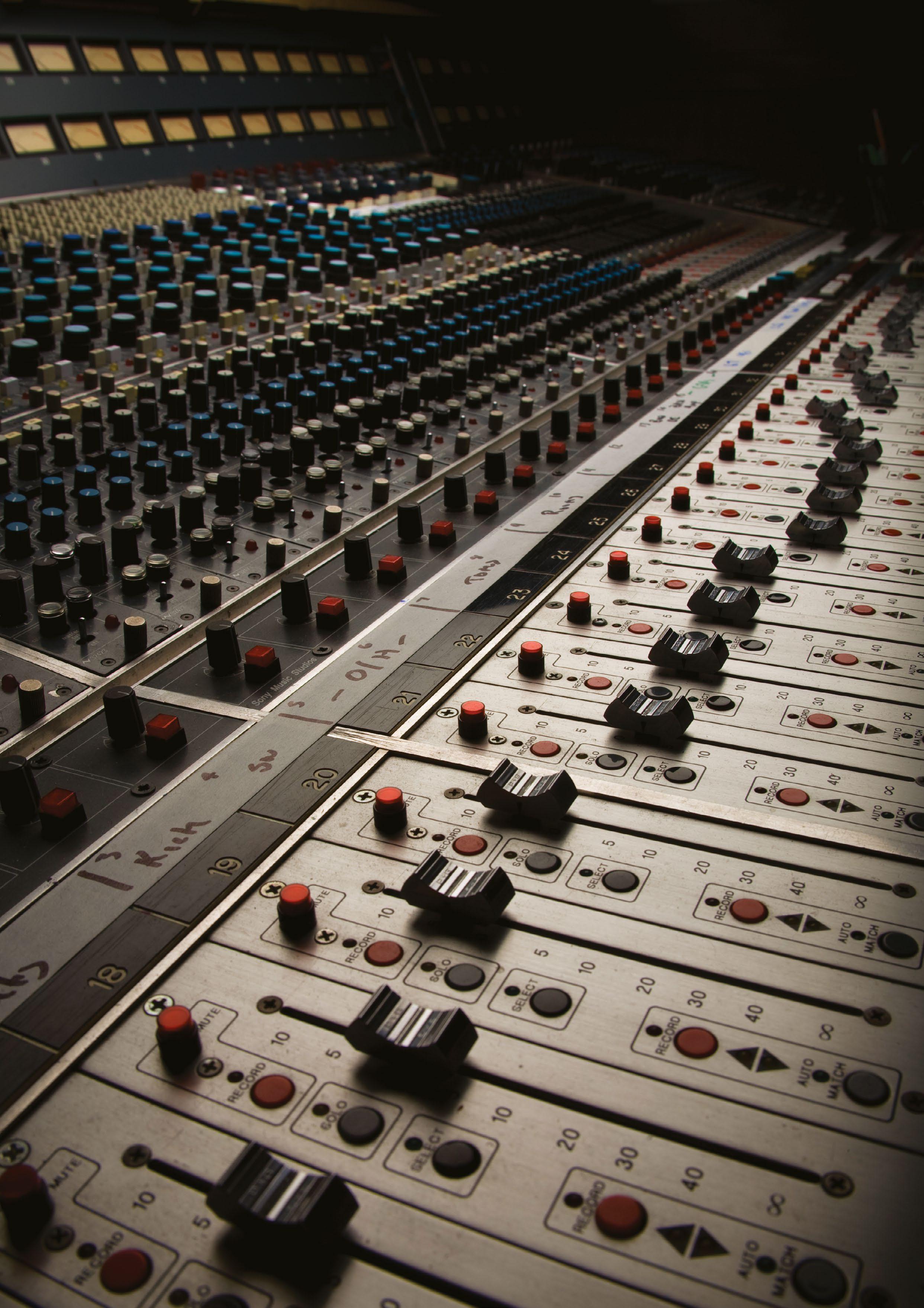
The world of music production is often about making things bigger, pushing the envelope and getting everything 'on the limit'. It's clear, then, that in the wrong hands your track could be heading into the danger zone. The world of digital audio levels is an unforgiving place that, unlike the warm analogue love afforded by classic gear, will shred your track and turn it into nonsense if you overstep a single dB mark.
So here's the trick: give your track lots of digital space (known as headroom) to manoeuvre in, build signal chains (known as gain staging), that allow you to add sounds together (known as summing) in a pleasing fashion while keeping noise low.
Digital headroom is the breathing space we leave in a track, as opposed to trying to push all our levels as high as possible. But do peak indicators matter? Is it OK to clip channels? How do you set the master output level? We'll be answering these questions and more. There are two major aspects of digital headroom we need to look at: recording and mixing.
Recording is straightforward: you get an analogue signal into your DAW as a digital recording, so for example, you sing into a microphone and it's recorded in your computer.
Next comes mixing, which in this case doesn't just refer to the final mixdown process after composing and producing your track. Most electronic music producers mix as they go to some extent, so if we're using summing stages and effects as part of our production technique we also need to consider the effect they're having on headroom and the overall sound. Let's start off with getting the sound into your DAW in the first place and see exactly how headroom affects recording.
Signal-to-noise ratio explained
All because tape had to be hit as hard as possible to avoid noise interference
このストーリーは、Computer Music の October 2022 版からのものです。
Magzter GOLD を購読すると、厳選された何千ものプレミアム記事や、10,000 以上の雑誌や新聞にアクセスできます。
すでに購読者ですか? サインイン
Computer Music からのその他のストーリー
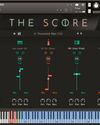
Computer Music
Sonuscore The Score $399 PC MAC
The Score comes up with a film soundtrack based on your stylistic choices, but that’s just the start of it. Andy Jones scores The Score
3 mins
November 2024
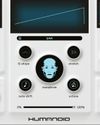
Computer Music
Baby Audio Humanoid $129 PC MAC
Humanoid brings the ‘extreme’ and ‘radical’ to the world of vocals, but is also one of the easiest plugins to use and abuse, says Andy Jones
4 mins
November 2024
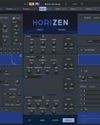
Computer Music
The Synth Factory Horizen $129 PC MAC
A synth/sampler that packs in a lot of power at an almost silly price - despite its low profile, Andy Jones gazes at Horizen...
3 mins
November 2024
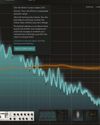
Computer Music
Flow Mastering Suite $15/month PC MAC
Mastering your music just got as easy or as complex as you want. But, Andy Jones asks, is it worth yet another monthly subscription?
3 mins
November 2024
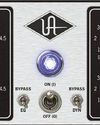
Computer Music
Universal Audio LA-6176 $299 PC MAC
UA has bundled three of its classic emulations into one channel strip. Is this analogue dream your ideal plugin team? Andy Jones finds out
4 mins
November 2024
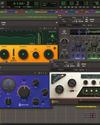
Computer Music
Rack'em up...
IK Multimedia has announced a comprehensive update to its mixing and mastering software, T-RackS, that brings some smart mastering additions
1 mins
November 2024
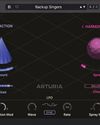
Computer Music
FX Collection 5 €499
Arturia's huge bundle of effects gets its regular update and it's still easily as essential as the company's V Collection
3 mins
November 2024
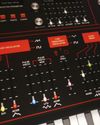
Computer Music
Make a pulsing bass with GForce Axxess
Get mechanical, with a garage-inspired bass patch, which gets right to the pulsing heart of the Axxess synthesiser
4 mins
November 2024
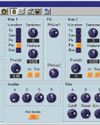
Computer Music
The software that shaped us
Computer Music has had a 25-year history, and over the life of this magazine, the technology behind music production has changed beyond recognition. Here are the products that set the stage for the modern world…
5 mins
November 2024

Computer Music
PERFECT VIRTUAL GUITAR!
Need a great guitar sound, but lacking any guitar-playing contacts, or the skills to play it yourself? Have no fear, your computer is here! With a few pointers, buying advice and hands-on tips, you and your PC or Mac can emulate the greatest guitarists in the world…
6 mins
November 2024
Translate
Change font size

